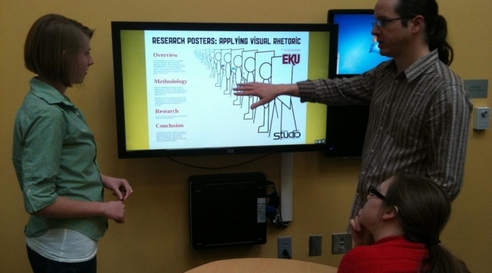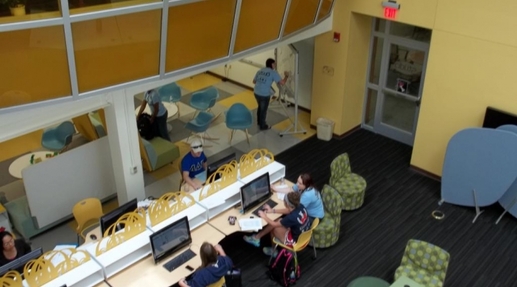Situating WAC 2.0 and Writing Centers in the Next Update of the Norton Text
A rhetorical analysis of the current Norton text suggests its purpose is to serve as an educational text. Its target audience includes professors who teach English and Education -- and related courses on the graduate level – and the students enrolled in those classes. Its content suitably, then, is composed of salient articles, essays, and individual chapters in books published up until 2009. At more than 1500 pages, the current edition is a hefty tomb. But it is of value to readers as it offers so many resources crucial to understanding the emergent and sometimes contentious field of Composition Studies in one text. However, to continue to be considered an essential text, valued as an all-inclusive resource, future editions should more accurately reflect the depth and breadth of work in the field, particularly in regard to writing center work and its relevance to incorporating post-process composition theory in the digital era.
|
The fact that not even the term "writing center" is listed in the current text's index is not oversight nor is it a coincidence that most of the articles that we recommend for the next edition were published not in scholarly composition journals but in writing center-related publications. It illustrates the perception that writing center work isn't central to composition studies, an increasingly incongruent notion as leading scholars view writing center work more relevant than ever in the late age of print. |
|
Writing centers are figuratively and literally situated as burgeoning sites – or bridges -- for negotiating the break away from the remaining remnants of current-traditional rhetoric, rendered in a print-based mode, with "the paper essay the default." At the heart of these discussions are considerations of how "new media" literacies and multi-model compositions will in the coming years become more and more a part of writing center theory and practice New communication technologies are hastening a refiguring overall of traditional disciplinary frameworks at universities – such as the increasing number of courses offered online, including English composition. In such a scenario it is conceivable that the one-on-one, face-to-face and human touch writing centers are known for will become more valued and more central to composition studies.
|


